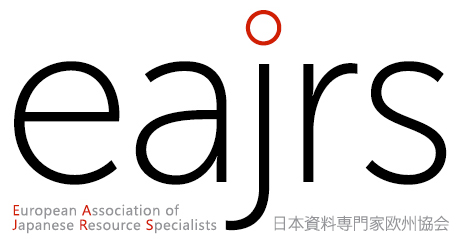Since 1992, the Multi-Volume Sets Project (MVSP) managed by the North American Coordinating Council on Japanese Library Resources (NCC) has awarded more than 300 grants that funded the acquisition of over 47,000 items. With the funding from the Japan-U.S. Friendship Commission discontinued in 2018, MVSP has been finally terminated. In March 2019 NCC has introduced an overview of a new grant program under development entitled "Comprehensive Digitization and Discoverability Grants Program" to replace MVSP, and, prior to that, funded four projects involving digitization as pilot cases. As one of these pilots, the C.V. Starr East Asian Library has digitized its holding of Kadenshū consisting of 146 volumes of manuscript originally from the Mitsui Collection, produced in the 19th century. The material contains genealogies and biographical information for 3,160 individuals from some 140 aristocratic families up to the 19th century. In this paper, I will discuss several problems I encountered in the process of digitization and making this resource available to the world, the strategies I took to make this resource more usable, and possibility of further future development.
